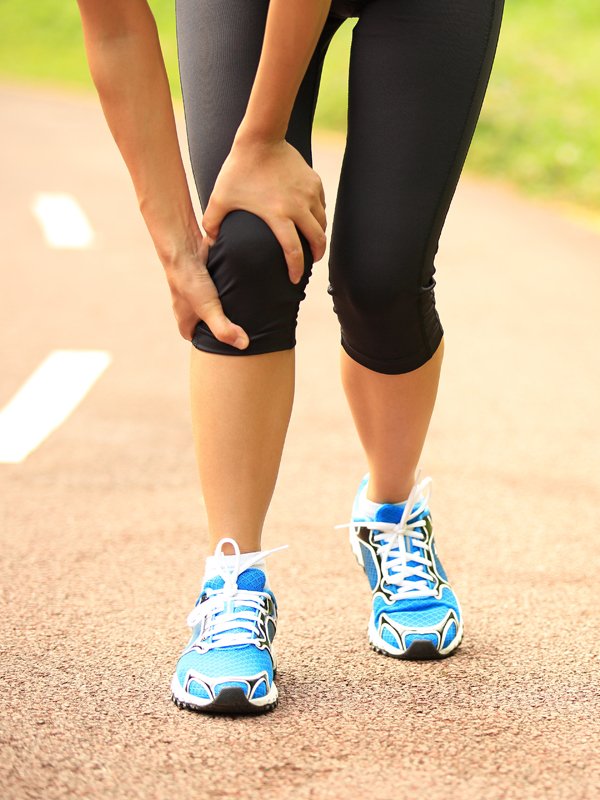
Sports Physio St Ives
Our physiotherapists are clinical experts in the early diagnosis of acute sports injuries from ligament/muscle sprains, strains and tears to joint subluxations and dislocations.
Most common sports injuries at Clinical Physio, St Ives

Neck Injuries
Sporting related neck injuries most commonly are associated with head trauma such as a concussion or forceful axial loading in a scrum/tackle. It is important to have clearance from your GP before return to sport. You can access concussion guidelines here.
Shoulder Injuries
Most common are anterior shoulder dislocations/subluxations. A dislocation is when the shoulder pops out and has to be relocated by a health professional. A dislocation episode normally requires an xray to rule out any fractures/bankart/hill sachs lesions. A sling must be worn for 1-2 weeks followed by 4 weeks of progressive rehabilitation. Recurrent dislocations require surgical stabilisation followed by 4-6 months of rehabilitation.
A subluxation is when the shoulder pops out or the player feels a popping sensation and relocates spontaneously. This will normally settle within a week and return to play can happen quickly with appropriate management.
Other common injuries include Overuse injuries including , throwers/swimmers shoulder (posterior impingement), subacromial (superior shoulder) impingement syndrome, AC joint sprains (grades 1-5), “stingers” and rotator cuff tears (read more).
Elbow Injuries
Little league elbow, tennis elbow, golfers elbow, throwers elbow and traumatic fractures.
Wrist and hand Injuries
Wrist ligament sprains and fractures including TFCC tears, skiers thumb and distal radial fractures.
Low Back & Pelvic Injuries
Common sports injuries include stress fractures, pars defects, disc bulges and sacroiliac joint dysfunction. Read more about common low back and pelvic conditions here.
Hip Injuries
Hip pain including femoracetabular impingement (FAI), dynamic hip instability/dysfunction and labral tears. Less common are femoral neck and pubic ramus stress fractures which can both result in significant time off from sport.
Knee Injuries
Acute knee injuries include knee ligament and meniscus injuries including pre and post-op rehab for ACL reconstructions and arthroscopies.
Chronic/insidious onset knee pain arising from overuse/biomechanical abnormalities including ITB friction syndrome (runners knee), patella tendon pain (jumpers knee) and patellofemoral pain (pain arising from the kneecap).
Groin Injuries
Groin pain including adductor tendinopathy, adductor tear/groin strain, sportsman’s hernia and athletic pubalgia (groin pain originally termed osteitis pubis). Less common are pubic instability and pubic stress fractures.
Hamstring Injuries
Hamstring injuries are common in field sports involving kicking and acceleration. Hamstring tears were the most common injury in the 2016 AFL & 2016/17 English Premier League seasons, making up over 25% of all injuries. Hamstring injuries can include tears of the muscle, musculotendinous junction, tendon or tendon attachment and all carry different recovery times and protocols. Hamstring tendinopathy and sciatica are also common reasons for missed games and training.
Calf Injuries
Calf and shin pain including calf tears, medial tibial stress syndrome (shin splints) and compartment syndrome.
Ankle and foot Injuries
- Foot and ankle sprains and strains, including pre and post op rehab for reconstructions.
- LisFranc Injuries or Midfoot fractures and ligament sprains.
- Choppart joint.
- Inversion injuries.
- Eversion injuries.
- Stress fractures – navicular, 1st/2nd metatarsals
- Snowboarders fracture (lateral process of talus fracture)
- Mortons Neuroma/Neuralgia
- Turf toe
- Syndesmosis injury.
Tendon Injuries
Adolescent apophysitis syndromes including Severs, Osgood-Schlatter disease, Sinding-Larson Johansson Syndrome and
Tendinopathy/tendon tears of the Achilles, patella, hamstring and elbow extensor tendons.
